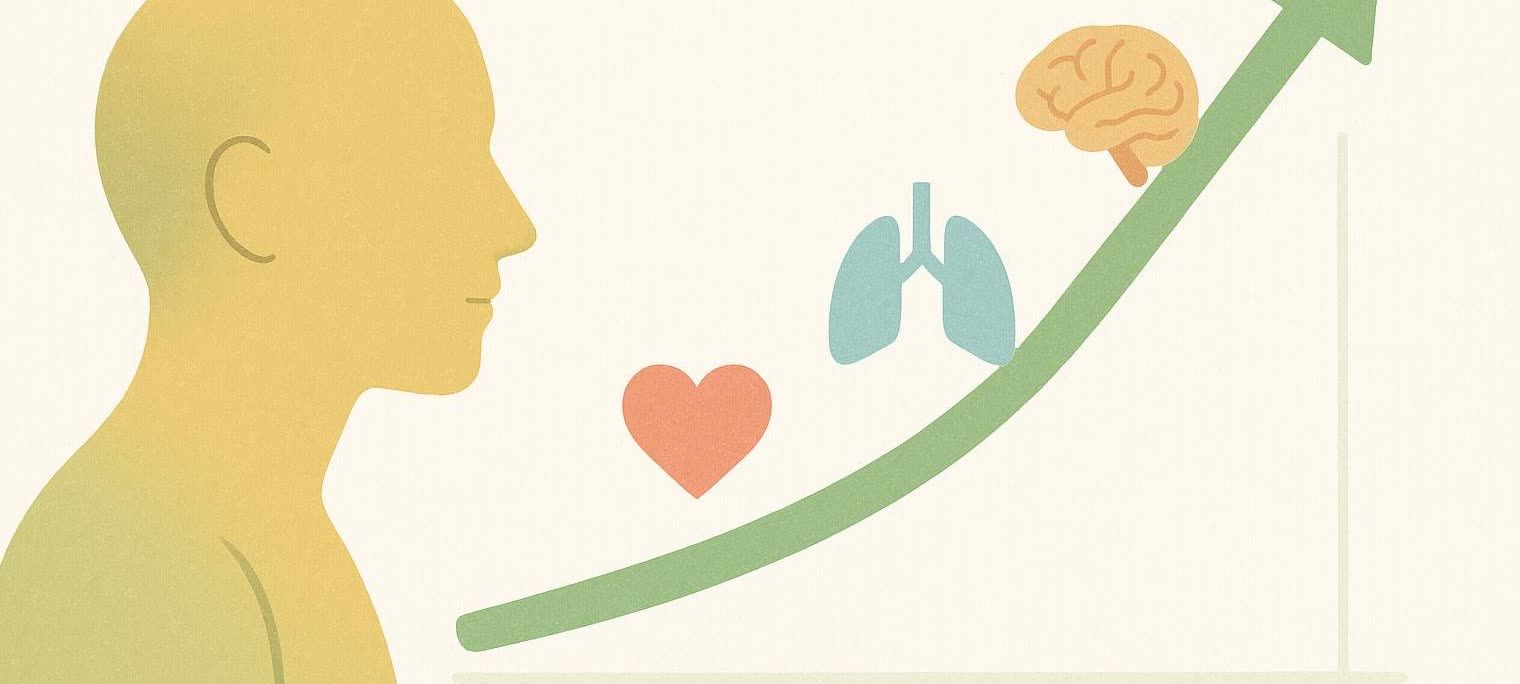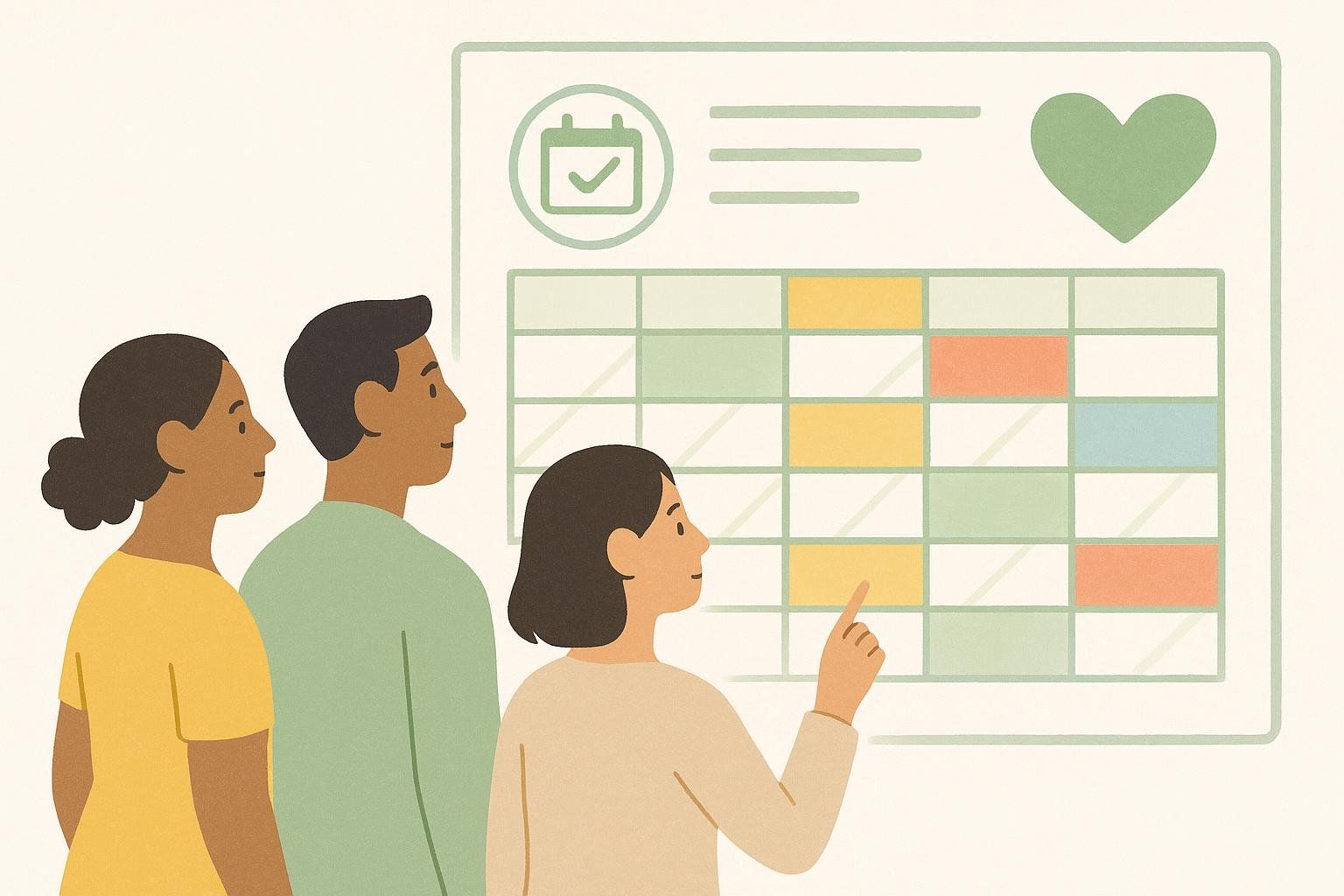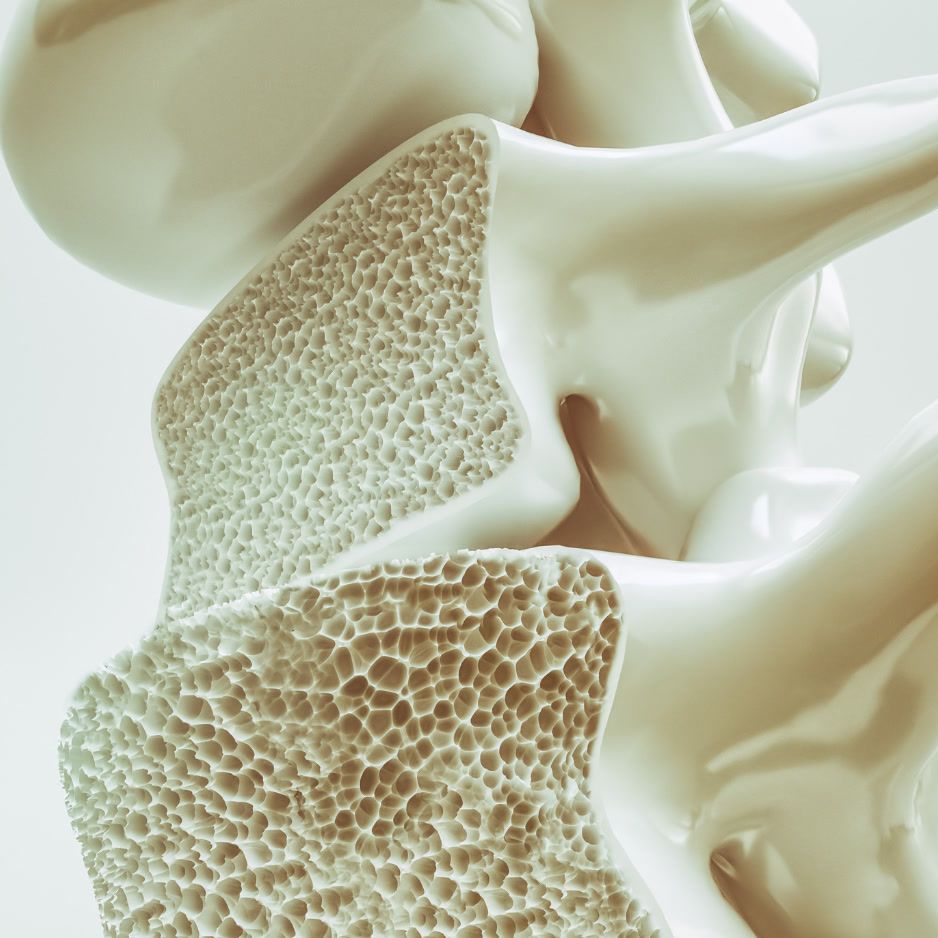The Complete Health Screening Guide: Essential Tests and Costs

The Complete Health Screening Guide: What Tests You Need, When to Take Them, and How Much They Cost
Staying on top of routine health screenings is one of the simplest, highest-impact investments you can make in long-term well-being. Yet shifting guidelines and busy schedules leave many of us unsure what tests we actually need—and when. This evidence-based roadmap breaks everything down by age, cost, and risk so you can plan your year with confidence.
Use the links below to jump to key sections:

Quick-Glance Health Screening Schedule
The next two tables outline core health-screening recommendations by age and sex. The cost column lists typical insured out-of-pocket amounts (copays or coinsurance). For full cash-price ranges, jump to the detailed Cost Snapshot table.
Screening Priorities for Females
| Age | Key Screenings | Recommended Frequency | Typical Out-of-Pocket Cost (USD)* |
|---|---|---|---|
| 20–29 | Blood pressure; BMI/waist; STI panel; Pap test | BP every 3–5 y if <120/80 mmHg; BMI yearly; STIs yearly if at risk; Pap every 3 y | $0 |
| 30–39 | + Lipid & glucose labs; HPV co-test | Labs every 4–6 y; HPV/Pap every 5 y | $0–$70 |
| 40–49 | + A1c (if BMI criteria met); Mammogram; Colorectal cancer screening | A1c every 3 y; Mammogram every 1–2 y; begin CRC at 45 (FIT yearly, sDNA-FIT every 3 y, or colonoscopy every 10 y) | $0–$300 |
| 50–64 | + Bone-density DEXA | Every 2 y if at risk | $0–$40 |
| 65+ | + Hearing, vision, fall-risk; Bone-density DEXA | Hearing/vision/fall-risk: Annual; Bone DEXA: every 2–5 y as advised | $0–$60 |
Screening Priorities for Males
| Age | Key Screenings | Recommended Frequency | Typical Out-of-Pocket Cost (USD)* |
|---|---|---|---|
| 20–29 | Blood pressure; BMI/waist; STI panel | BP every 3–5 y if <120/80 mmHg; BMI yearly; STIs yearly if at risk | $0 |
| 30–39 | + Lipid & glucose labs | Labs every 4–6 y | $0–$70 |
| 40–49 | + A1c (if BMI criteria met); Colorectal cancer screening | A1c every 3 y; begin CRC at 45 (FIT yearly, sDNA-FIT every 3 y, or colonoscopy every 10 y) | $0–$300 |
| 50–59 | + Prostate-specific antigen (PSA) test | Discuss at 50; interval depends on baseline level | $35–$70 |
| 65+ | Abdominal aortic aneurysm ultrasound (smokers 65–75); Hearing, vision, fall-risk; Bone-density DEXA | AAA: one-time; Hearing/vision/fall-risk: annual; Bone DEXA: every 2–5 y (from age 70, or earlier if high risk) | $0–$60 |
Costs assume in-network care. USPSTF A/B-rated preventive services are covered at $0 under the ACA—but costs may arise if the visit becomes diagnostic (e.g., polyp removal during a colonoscopy), you use an out-of-network provider, or your plan is exempt from ACA rules.
Why Preventive Health Screening Matters
Health screenings catch silent problems—hypertension, accumulating visceral fat, low bone density—before they escalate.

A 2010 modeling study projected that optimal use of just nine high-value preventive services could avert 50,000–100,000 U.S. deaths each year (Farley et al., Am J Prev Med). Yet updated survey data show only 8 % of adults 35+ receive all recommended services (Borsky et al., Health Serv Res 2018).
How We Built This Guide
Recommendations draw on:
- The latest USPSTF A/B recommendations
- ACOG cervical cancer screening guidelines
- USPSTF hypertension screening guidance
- American Cancer Society cancer screening
- Other specialty-society statements, plus BodySpec’s decade of DEXA scanning expertise
DEXA Scans: Diagnostic vs. Body-Composition (What’s the Difference?)

| Type | Purpose | Provider | Cost & Coverage |
|---|---|---|---|
| Diagnostic Bone-Density DEXA | Osteoporosis diagnosis (T-score) | Radiology center; physician order | Usually covered by insurance for women 65+, men 70+, or earlier with risk factors |
| BodySpec Body-Composition DEXA | Fat, lean mass, non-diagnostic bone data | BodySpec techs; self-scheduled | Self-pay $40–$60; FSA/HSA eligible; typically not reimbursed by insurance |
A BodySpec scan emits very low radiation—about 3 µSv, less than a cross-country flight. Even monthly scans stay within established public-safety limits (NCRP Report 160).
If your BodySpec report shows bone density that appears lower than expected for your age group, share the results with your physician. They can determine whether a clinical, diagnostic DEXA is appropriate for evaluating osteoporosis or other conditions.
Decade-by-Decade Health Screening Checklist
The checklist below also includes self-checks (like skin exams) and lifestyle assessments (mental-health discussions) that complement the core clinical screenings in the tables above. Use it to plan annual physicals and set reminders so nothing slips through the cracks.
In Your 20s
- Blood pressure – every 3–5 y if <120/80 mmHg; yearly if higher.
- BMI & waist – check yearly.
- STI & HIV panel – at least once; yearly if at risk.
- Pap test – every 3 y (females).
- Skin self-check – monthly.
BodySpec insight for your 20s: A baseline BodySpec DEXA scan can map lean mass and visceral-fat levels; tracking with quarterly follow-ups can help monitor trends.
In Your 30s
- Lipid + glucose panel – every 4–6 y (earlier if risk factors).
- Pap + HPV – every 5 y (females).
- Mental-health discussion – annually during a primary-care visit.
- Skin self-check – monthly.
BodySpec insight for your 30s: A periodic BodySpec body-comp scan helps track how stress and lifestyle shifts may influence visceral fat and muscle quality.
In Your 40s
- A1c / Diabetes check – every 3 y if BMI ≥ 25 (≥ 23 if Asian American).
- Mammogram – every 1–2 y starting at 40 (females).
- Colorectal cancer screening – start at 45 (FIT yearly, sDNA-FIT every 3 y, or colonoscopy every 10 y).
- Skin self-check – monthly.
BodySpec insight for your 40s: A BodySpec DEXA can spotlight subtle muscle loss and rising visceral fat before the scale budges.
In Your 50s and Early 60s (50–64)
- Continue colorectal cancer screening – follow the interval based on your last test type and results.
- Bone-density DEXA (women) – for postmenopausal women under 65 who have osteoporosis risk factors.
- PSA test (men) – discuss at 50; frequency individualized.
- Vaccination review – shingles and pneumococcal if indicated.
- Mental-health discussion – annually.
- Skin self-check – monthly.
BodySpec insight for your 50s: Many adults pair diagnostic tests with a BodySpec composition scan to monitor lean-mass preservation while staying active.
Age 65 and Older
- Abdominal aortic aneurysm ultrasound – one-time for men 65–75 who ever smoked.
- Hearing & vision – annual starting at 65.
- Fall-risk assessment – annual gait/balance check.
- Bone-density DEXA (women) – every 2–5 y as advised.
- Bone-density DEXA (men) – typically begin around 70 or earlier if high risk.
- Cognitive & mood screening – yearly during wellness visit.
- Skin self-check – monthly.
BodySpec insight for 65+: A BodySpec body-comp scan offers a low-radiation way to track muscle and fat distribution between diagnostic visits.
Cost Snapshot
| Screening | Typical Cash Range | Coverage Note |
|---|---|---|
| Blood pressure | Free | Always free in-office |
| Lipid panel | $35–$70 | Free every 4–6 y if in-network |
| A1c | $28–$80 | Covered with BMI criteria |
| BodySpec DEXA (body-comp) | $40–$60 | FSA/HSA-eligible |
| Bone-Density DEXA | $85–$200 | Medicare every 2 y if eligible |
| FIT stool | $25–$40 | Covered yearly 45+ |
| Colonoscopy | $1.4k–$3k | Covered every 10 y if screening |
| Mammogram | $100–$300 | 100 % covered (insured) ages 40–74 |
| PSA | $35–$70 | Coverage varies |
| Pap + HPV | $25–$150 | Covered per guideline interval |
Price ranges reflect 2024 national “fair price” estimates compiled from Healthcare Bluebook and publicly posted cash-pay rates at major outpatient labs and ambulatory surgery centers. Verify insurance details in advance to avoid out-of-network or facility-fee surprises.
FAQs
- Which health screenings matter most? Blood pressure, lipid/glucose checks, and guideline-driven cancer screenings. Body composition adds insight for weight-management or athletic goals.
- Are screenings free under the ACA? Yes. If a service has a USPSTF A or B grade and you use an in-network provider, the Affordable Care Act requires that it be covered with no out-of-pocket cost.
- How often should I get a DEXA scan? Diagnostic bone DEXA every 2 y if indicated; BodySpec body-comp DEXA monthly to quarterly for meaningful trend data.
- What if I feel perfectly healthy? Silent diseases progress without symptoms; early detection enables lifestyle change or treatment before damage occurs.
- Can I bundle screenings? Many clinics offer wellness bundles. A BodySpec DEXA scan is quick (about 10 minutes), making it convenient to schedule other health appointments—such as fasting labs or a physical with your doctor—on the same day if you wish.
Action Plan

- List the tests you’re due for this year.
- Add calendar reminders.
- Compare cash prices; use FSA/HSA funds for BodySpec scans.
- Track results over time.
- Reassess annually.
Ready to Start?
Visit BodySpec's booking page to choose a location and schedule a DEXA body-composition scan—the first step toward data-driven health.
This guide is educational and not a substitute for professional medical advice.


